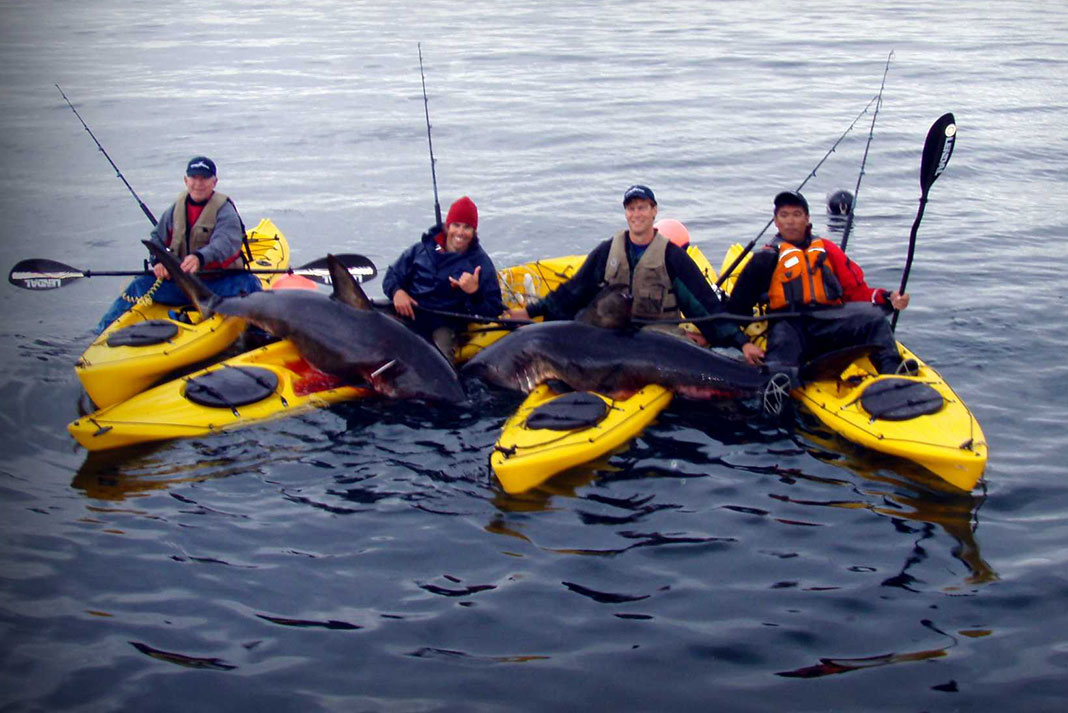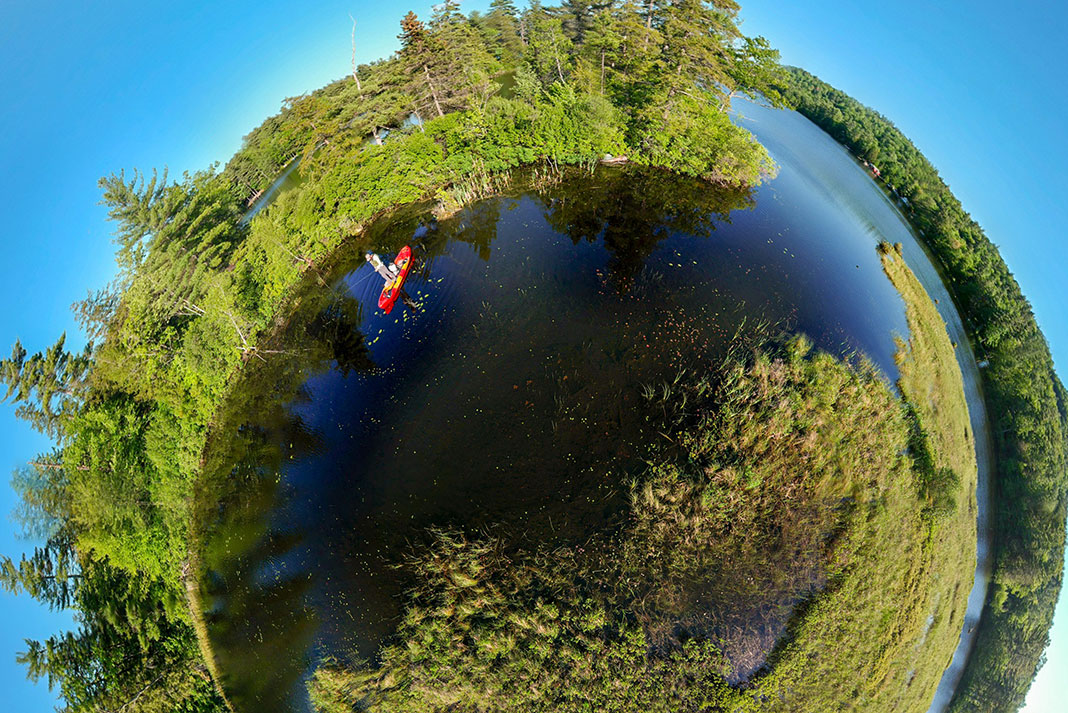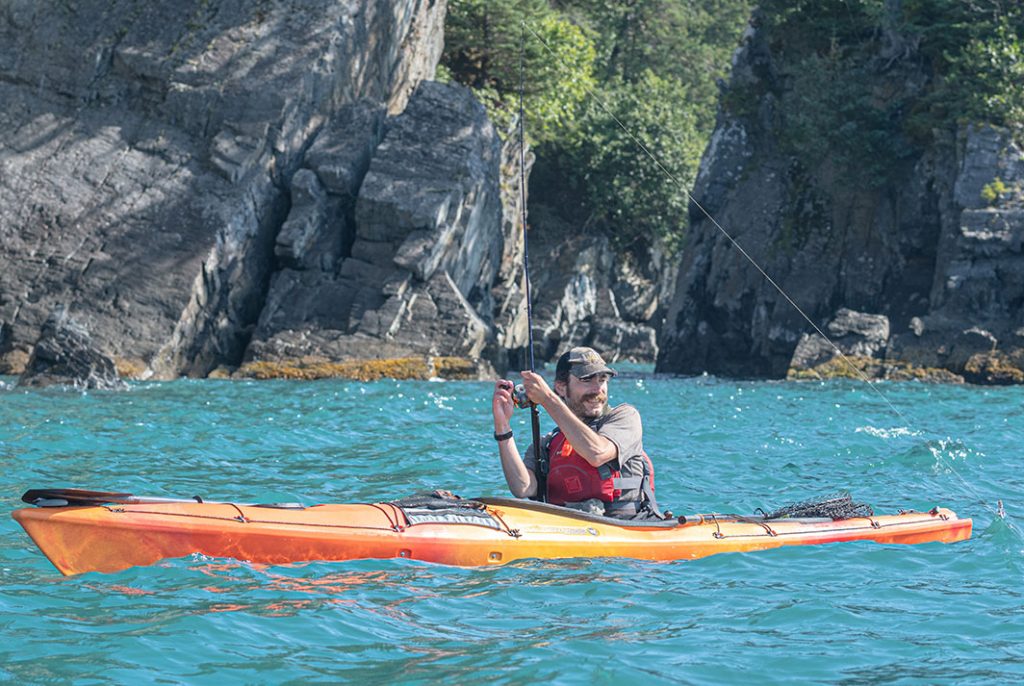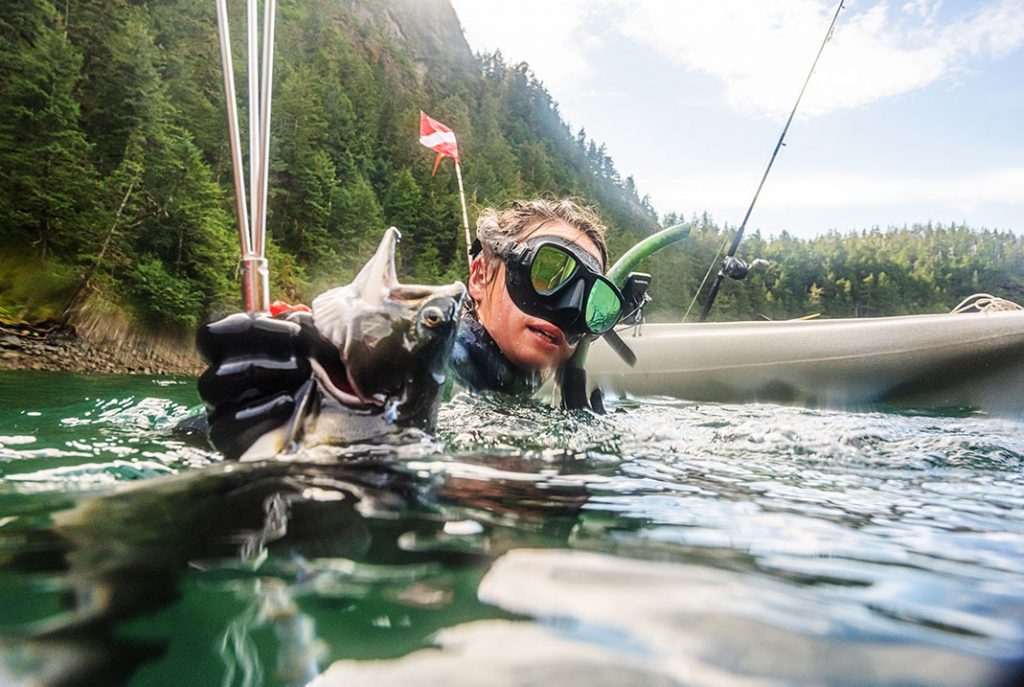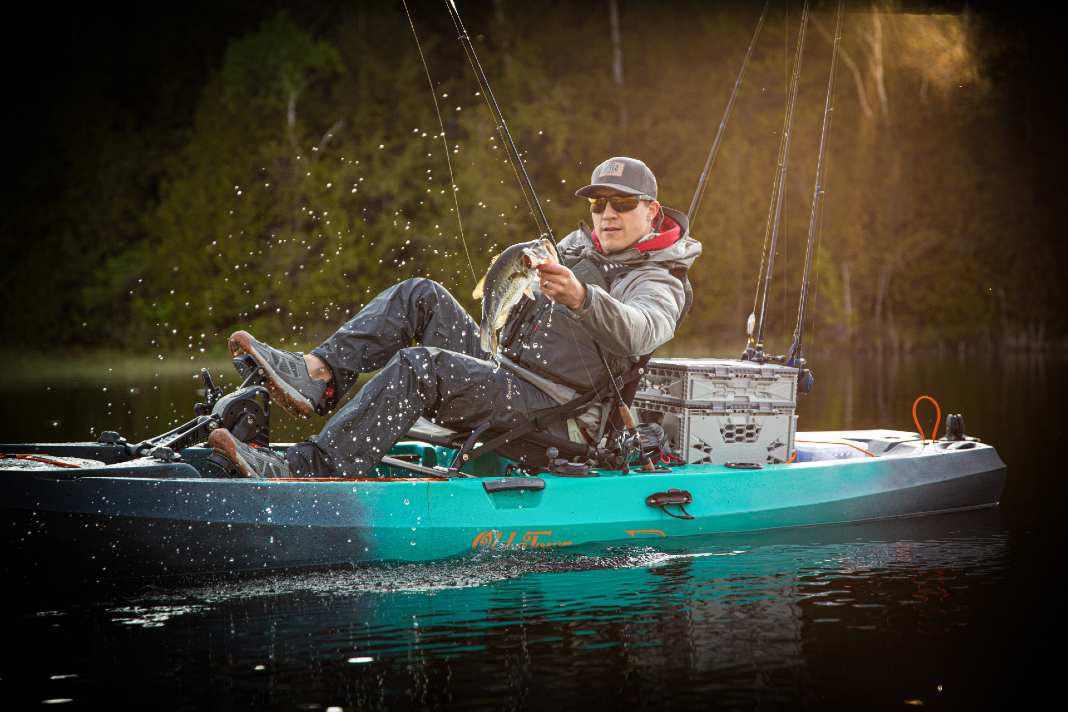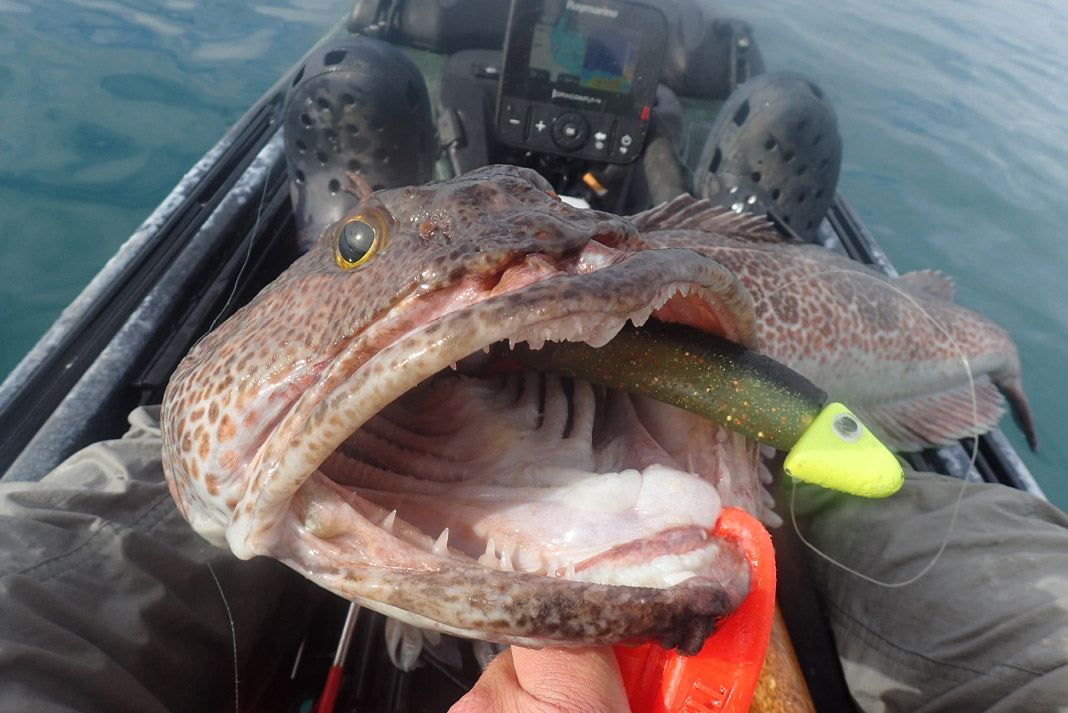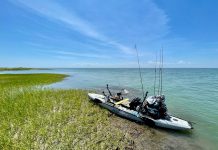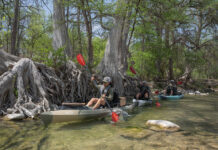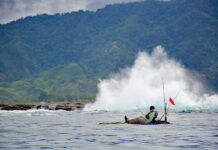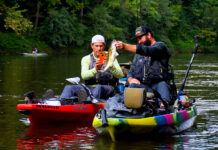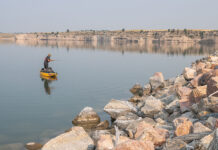P lenty has been said about fishing in Alaska, but few kayak anglers have ventured to the 49th state. The land of giant halibut, massive salmon runs and plentiful rockfish deserves exploration.
For an everyman’s escape to the fishing capital of the world, we sent Kayak Angler contributor Dustin Doskocil to visit Alaska, the last frontier for paddle fishing. We didn’t give him much money, and Dustin didn’t have much time, but we challenged our man on the water to catch fish and have fun.
Fishing in Alaska on $100 Per Day
Budget Outfitting for Alaska Fishing
I landed in Anchorage at 6 p.m. on a mid-summer Wednesday. When I walked out of the airport, the sun was high and bright, the temperature was satisfying, and a rainbow crossed the sky behind distant mountains.
The scene was a perfect introduction to Alaska fishing. The plan was to visit three cities, fish, eat seafood and find a bear. I was on a self-guided photo safari of America’s last kayak fishing frontier and I had a kayak and enough fishing gear to be dangerous.
Leaving the airport, I rented a van, which would be my transportation and home for the next eight days. Then, I hit Walmart for a pillow and some supplies. By the time my errands were done, the sun was low. I headed towards Girdwood for a nice, quiet camping spot in the Chugach National Forest.
The next morning, after a sunrise hike through the forest, I headed back into Anchorage to borrow a kayak from Kayak Angler contributors Rudy and Ryu Tsukada. I rented a drysuit from Alaska Outdoor Gear Outfitter and Rental, and then I bought a fishing rod and a handful of tackle. I figured purchasing an outfit was better than bringing along my own inadequate gear—I don’t get huge halibut in Colorado.
Bears Go Fishing in Alaska, Too
After a few modifications to the van, the kayak fit inside with plenty of room for me to sleep. I filled the gas tank and headed down the Kenai Peninsula toward Seward.
Any photographer visiting Alaska has to get bear pictures. I wanted to cross the accomplishment off my list.
Driving along the Peninsula is a treat. It was hard not to pull off at every inviting park, trailhead, marsh and adventurous looking dirt road along the way. However, the day was getting late and I needed to find a bear.
The Russian River runs 13 miles down the Kenai Peninsula. That’s where a few of the locals told me I might find grizzlies feasting on the salmon run. Any photographer visiting Alaska has to shoot bear pictures; I wanted to cross the accomplishment off my list.
On my hunt for information, I stopped at one of the riverside campgrounds. In the parking lot, I met an inebriated tourist who told me a long story about a bear encounter he had 30 minutes before. After he finally finished, I asked him, “Which way did they go?”
The drunk guy pointed upstream.
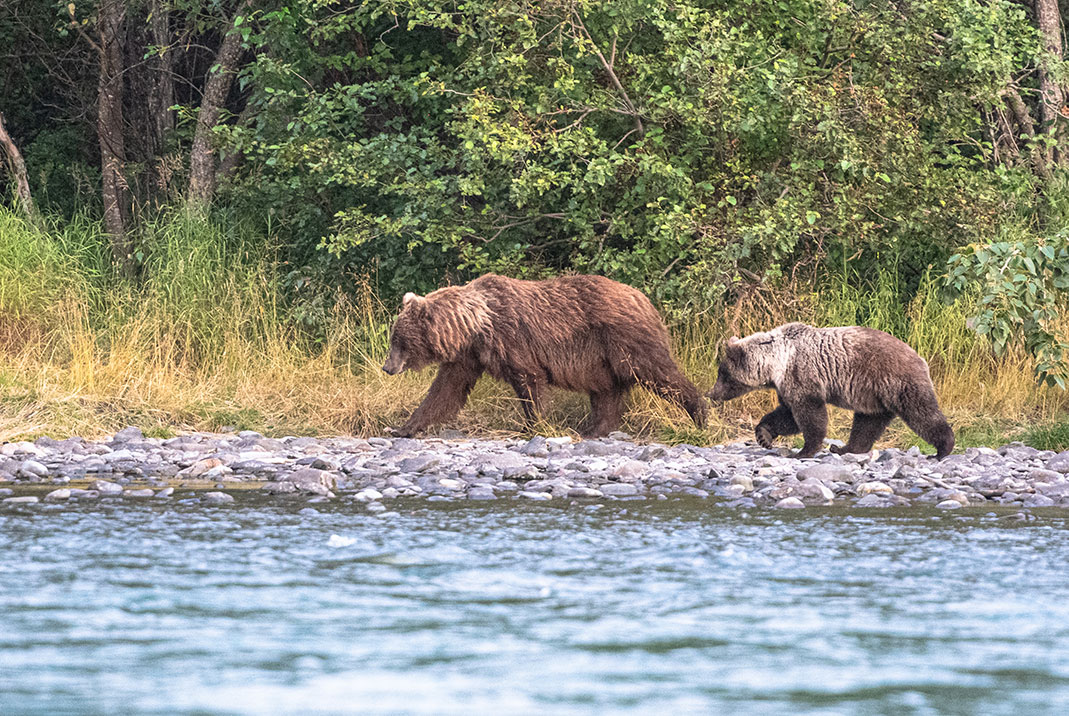
It was late in the long Alaskan day, with the sun quickly fading, so I cranked up the ISO on my camera to scary numbers, put on the longest zoom/teleconverter I had and ran down to the river just in time to see momma bear teaching her three cubs how to fish.
I snapped photos of the group catching a few fish before they moved on. Then another group came and went like the line at an all you can eat seafood buffet. The last bear to come out of the forest was a single male who didn’t seem interested in any Alaska fishing.
By the time the sun finally set, I was tired and hungry and anxious to get closer to Seward, my next destination.
Seward, Gateway to Alaska’s Salmon Run
I camped about five miles outside of Seward. Waking up in a dry creek bed and looking out on a gorgeous landscape is something that I’ll never forget. Even from a distance, I could tell I was going to dig this town.

Seward, Alaska is an eclectic city with an economy based around tourism and fishing. I spent the first day walking around town, checking out shops, chatting up the locals and hanging out with anglers who were fishing the bank for the Seward Silver Salmon Derby.
The different species run at different times of the year. In Alaska the run starts in March with kings and ends with September’s silver salmon. When the salmon move up the creeks and rivers, they spawn and then die from exhaustion.
The young of the year make their way back to the ocean where they will live for two to seven years. Once they are ready to spawn, the salmon return to their native stream.
Scientists say salmon use their sense of smell and the earth’s magnetic field to find the stream where they were born. When a spawn-ready salmon can’t find its birth stream, the fish searches until it dies.
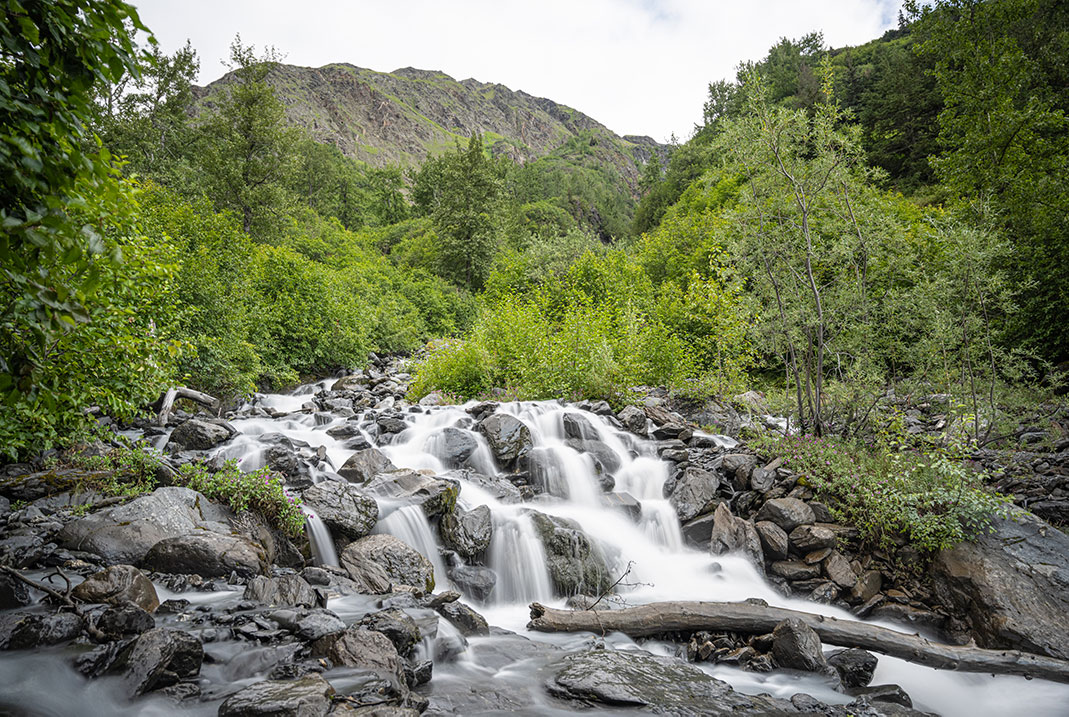
The Seward Silver Salmon Derby started in 1956 and runs for one week each August. The heaviest fish sends one angler home with $10,000. Catching a tagged salmon can earn up to $50,000. Since silver salmon infiltrate the area in the summer, and anglers can catch them from kayak, boat or shore—anyone has a shot at the prize. The winner-take-all contest creates a fishing frenzy with thousands of dollars on the line.
Top Alaska Fishing Species
At end of the day, I walked down to J Dock where the fishing charters and local anglers weigh their catch. Around Seward, the three most popular targets are salmon, halibut and rockfish.
Groups trickled in bringing larger and larger fish. As I watched a 150-pound halibut hoisted onto the scales, I wondered what would happen if I tied into one of these beasts. Halibut are the largest flatfish on earth, with Alaska’s record 482-pounder taken out of Glacier Bay. Needless to say, I was excited to get out on the water and do some fishing.
There are over 70 different types of rockfish. Some of these brightly colored fish live up to 75 years and reach 40 pounds. They live on the bottom in water over 300 feet deep.
That evening I met up with Katya Karankevich and Andrew McNown, my camping and fishing buddies for the next two days. I hooked up with Katya and Andrew through social media. When I posted on an Alaska fishing group page about my trip to Seward, they agreed to show me around.
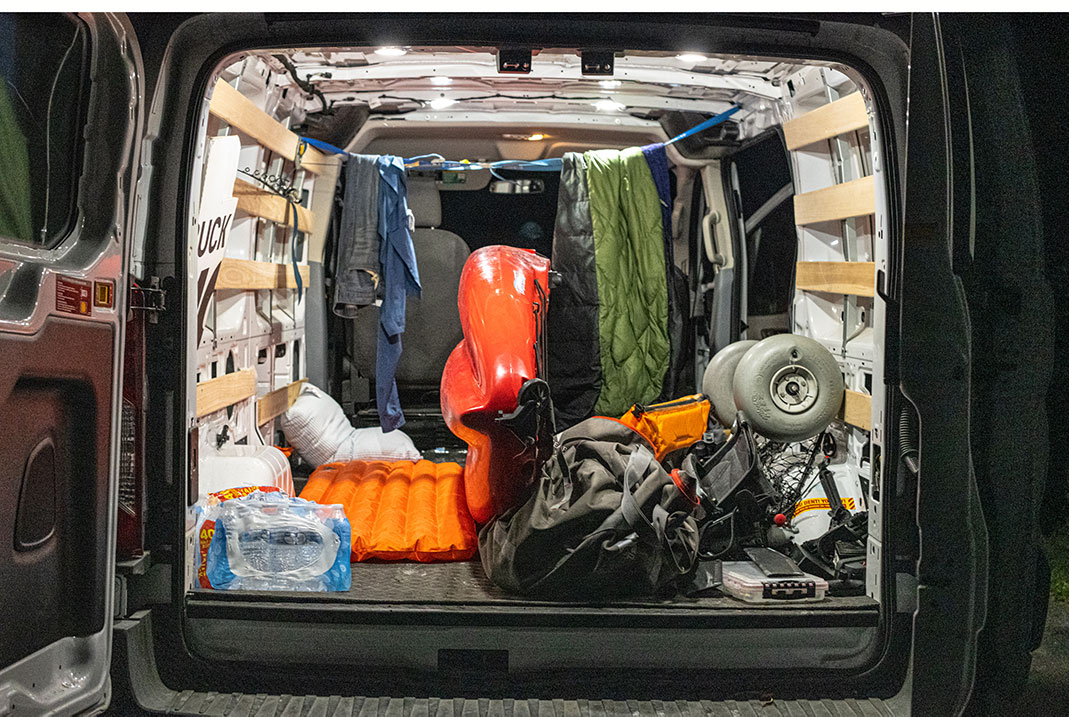
In the morning we hit up The Fish House, a giant tackle store and charter service. We picked up a few lures and my Alaska fishing license. Then we were off to Miller’s Landing to meet a water taxi for the 45-minute ferry to the island beach that would be our home for two days.
As the water taxi pulled away, leaving us on a rocky, gray beach surrounded by cliffs and forest, all of the running and gunning and worrying left with the boat. I was home. At least home for the next two days. I had a lot of photos to take and the time would fly by, but I felt like I had arrived.
I figured my best shot at a giant halibut was to ride the Whiskey Gulch tide 15 miles into the deep water. Then, I would ride the current back to the launch.
Or, I could fish in front of the camp, where the mountains meet the ocean. I was guaranteed a wide variety of fish with a chance at a halibut.
While part of me wanted to go the distance to fish for a trophy halibut, I decided to stay close to home. In hindsight, I’m glad I made that choice.
Spearfishing in Alaska’s Big Outdoors
The weather was perfect and the view spectacular. The crew seemed pretty chill. Katya was born in Russia and moved to Alaska when she was six. She had a wildness to her personality with a good sense of humor.
Andrew, a nursing student, was calm and quiet. I could tell he would be a good person to have around if there was an emergency. After setting up camp, we pushed off in search of salmon.
Kat is a spearfishing angler, so she was ready to dive in and shoot a fish. Andrew and I were rigged up for fishing. After exploring Thumb Cove, we decided to cruise over to Humpy Cove and try our luck.
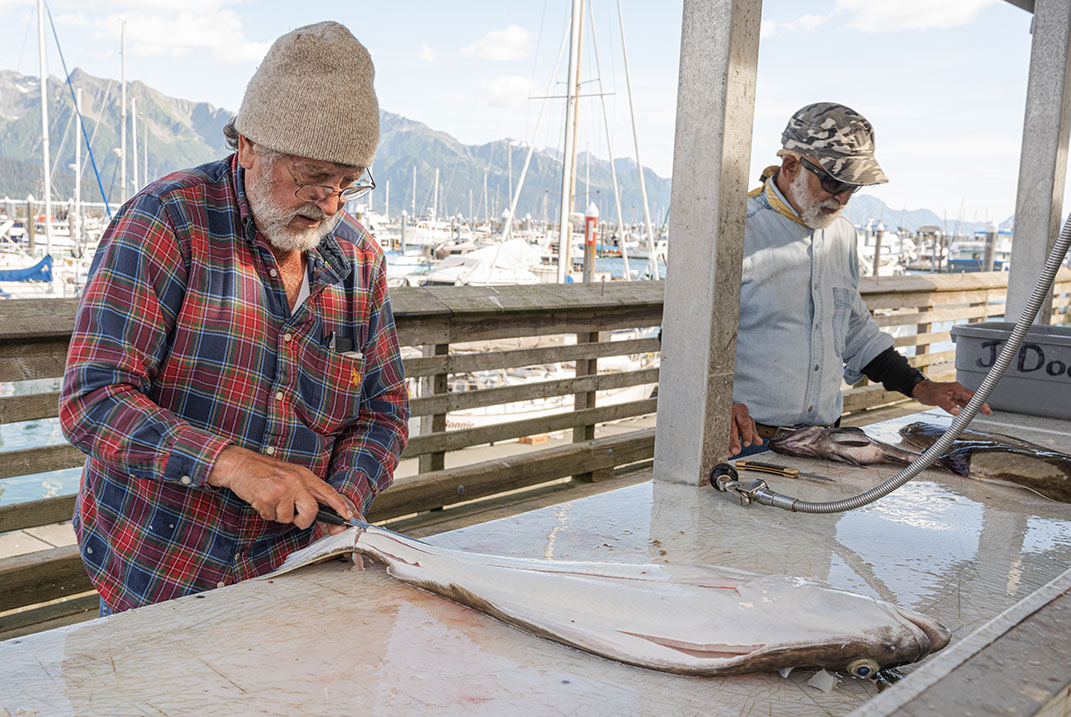
About a mile into the journey, Kat’s pedal drive broke. Her boat was too unwieldy to paddle very far. Instead of turning around, I offered to tow her the rest of the trip. We tied our kayaks stern to bow with a towrope and continued to the fishing grounds.
Along our trip, several large boats passed us and we whooped as we rode over the wakes. But, when two boats passed at exactly the wrong time, their wakes joined to send Kat and I flying.
At first, I turned to meet the waves head on, but Kat screamed, “Turn away, turn away!” For a split second, I thought I was going overboard. Then the tow rope snapped and our boats settled as the wake passed. I’m glad the locals talked me into a drysuit, because cold water can incapacitate a swimmer in as little as 10 minutes.
As we passed a massive cliff and a small creek trickling into the ocean, I stood up in my kayak. My eyes focused into the clear water and I saw hundreds of salmon surrounding me. The whole school of fish was moving back and forth, trying to swim up the creek.
Kat was already in the water with her spear in hand.
I watched as she chased salmon like a mermaid. In a few minutes, she returned with a beautiful silver salmon on her spear.
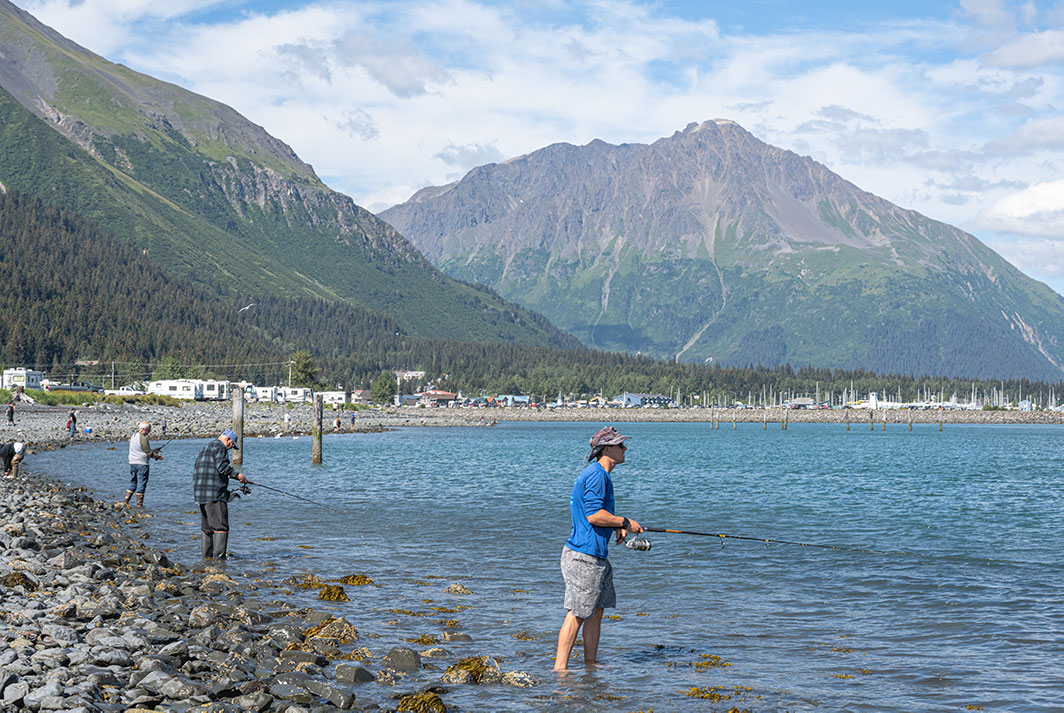
Already late in a long day, we decided to fish our way back to camp.
As the sun set, we were roasting fresh salmon over a raging campfire. We chopped up sweet potatoes, onions, peas and garlic with olives and a side of corn on the cob. For dessert, we enjoyed hot bananas. This was by far my favorite meal of the trip.
Rockfish Are Biting in Thumb Cove
Since Katya had a broken drive, and our water taxi was returning early afternoon, we decided to stay in Thumb Cove for our second day of Alaska fishing.
First, we paddled and pedalled to a point at the mouth of the cove, where we fished for halibut in 250 feet of water.
Kat and Andrew were throwing a lure that looked like a squid. I had a 12-ounce jig and white grub. After I broke off my jig, I switched over to the squid lure, too.
The trick is to go with the flow. Rock with the boat. Riding the seas started as a game and became second nature.
The water was choppy. Not normal chop, but a confused chop rolling me back and forth and side to side. The motion would make some people seasick, but I was born with sea legs. The trick is to go with the flow. Rock with the boat. Riding the seas started as a game and became second nature.
After a while, we were tired of the rough seas and cruised back to the shoreline where we caught a handful of rockfish along the rocky edge. We put two keeper rockfish in the cooler and returned to pack up camp for our ride back the Seward.
While we waited for the water taxi, I took photos and then we had enough time for a quick, cold swim in the clear Pacific water. Leaving the island, I knew the hectic schedule of running and worrying was about to start, again.
Even though my trip to Alaska was short, I was able to enjoy a wild experience, great fishing and meet new friends. The verdict, travelling to Alaska and fishing on a budget is worth it.
Places To Go In Alaska
Places To Go In Anchorage
View this post on Instagram
Moose’s Tooth
Excellent pizza and great craft beers.
Midnight Sun Brewery Co.
Fresh, local beer.
Alaska Outdoor Gear Outfitter and Rental
Rent a drysuit.
View this post on Instagram
Places To Go In Seward
The Crab Shack
Try any of the Mexican seafood and a cup of the bomb chowder.
Seasalt
Good fish and chips.
Ray’s Waterfront
Great views.
Alaska Sealife Center
Get a look at what’s beneath the water without getting wet.
Miller’s Landing
Getting away from the hustle and bustle is a short ride away.
Seward’s Cup
Grounded grounds.
Pit Bar
A sip of the local water.
The Fish House
Everything you need, nothing you don’t.
Brown & Hawkins
Awesome historic building with ice cream parlor.
Jeff and Michelle Cobbles
Fine art photo gallery.
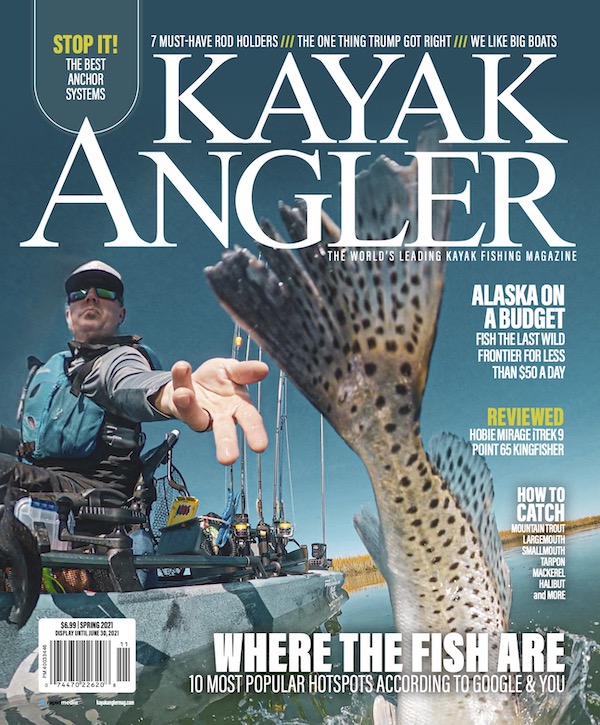 This article was first published in Kayak Anger Issue 44. Subscribe to Kayak Anger and get the magazine delivered to your front door. Download the Kayak Angler Magazine+ app to seamlessly glide between the digital archives, the latest articles and videos or browse the digital archives for your desktop here.
This article was first published in Kayak Anger Issue 44. Subscribe to Kayak Anger and get the magazine delivered to your front door. Download the Kayak Angler Magazine+ app to seamlessly glide between the digital archives, the latest articles and videos or browse the digital archives for your desktop here.
Alaska is home to all three species of North American bears: black, polar and grizzly bears, like this mother and cub. | Feature photo: Dustin Doskocil

